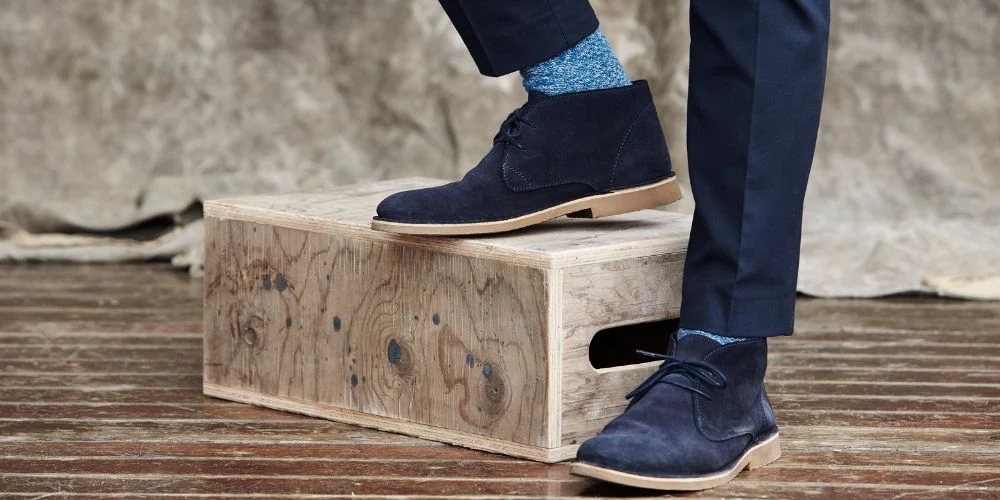
Leather vs. Suede: What’s the Difference?
Aug 24 , 2021
Tags - Difference Between Suede and Leather
Normally, you can tell the difference between leather and suede just by looking at the material.
And it’s important to understand that both leather and suede go through similar processing: both come from animal hide.
But beyond its texture and style, a lot of people wonder what the actual difference between leather and suede is.
At first glance, you can tell the main difference is that leather is smooth and buttery unlike suede which is napped and matty.
And because leather is made from the outer, protective layer of the animal’s skin, it’s naturally more durable than suede.
Let’s take a closer look at the differences, including pros and cons for both.
Leather
To put it simply, leather is the hide from an animal that has been tanned to create a durable material.
In fact, it’s so durable that countless leather items have been found by archeologists throughout history.
For the longest time, people have been turning hides into leather for a number of different uses, such as belts, jackets or shoes.
By looking at it, you can see leather is quite smooth. But there are many variations depending on which animal was used: it can look quite rugged and waxy or soft and shiny.
Typically, leather is created by removing the animal’s hair from the hide and then buffing it to give its smooth finish: high quality leather will require less processing as it will generally have fewer imperfections.
Suede
Unlike leather, suede is made using the underside of the animal skin which is what gives it its soft surface: it’s thinner and not as strong as traditional leather.
To make suede, leather is split by removing the grain and leaving the soft inner surface: which gives it its velvety feel.
Usually, suede is made from lambskin, but other animals include goats, pigs, calves and deer. Because of its soft, delicate feel, suede became very popular in the 20th Century where it was associated with high-end luxury brands.
And due to its texture, suede is a popular material for clothing and fashion accessories: in particular, footwear.
Essentially, its smooth nap, suede gives shoes like loafers and boots a classy appearance and fine structure. Plus, it’s lighter than leather but still maintains durability which makes it a great material for shoes.
Pros
Leather
- Durable and Strong: leather shoes can outlive others made from synthetic materials - high quality leather remains strong against tough working conditions
- Breathability: leather shoes can let air pass through which means feet will not get hot and sweaty
- Water Resistant: leather shoes will keep your toes dry from any water or other liquids
- Comfortable: leather shoes are very comfortable as they can mould to the shape of your feet and offer support.
Suede
- Elegant: suede shoes look great. No one can argue with its sleek style and appearance.
- Retains Heat: suede shoes are perfect for colder seasons as it holds heat
- Pliable: suede shoes can easily adapt to any shape foot
- Lasts Long: because it’s a type of leather suede shoes can last a long time if look aftered properly
Cons
Leather
- More Expensive: the higher the quality, the more expensive it will be
Suede
- Thin: although being thin is an advantage, it’s also a weakness as it’s not as durable as traditional leather
- Easily Damaged: suede shoes have a poor resistance to dust and dirt
- Fades Quickly
The Final Word
It’s a common thought that suede shoes need more maintenance than leather. But the secret is, they both need to be looked after properly if you want them to last long.
Leather shoes will need to be conditioned, polished and shined to retain their classic look. On the other hand, suede shoes will need protection from outside elements, like a protective shoe spray.
Want to know more? Contact us today.
In the meantime, check our full range of Wedding Shoes for Men.
You may also like:
